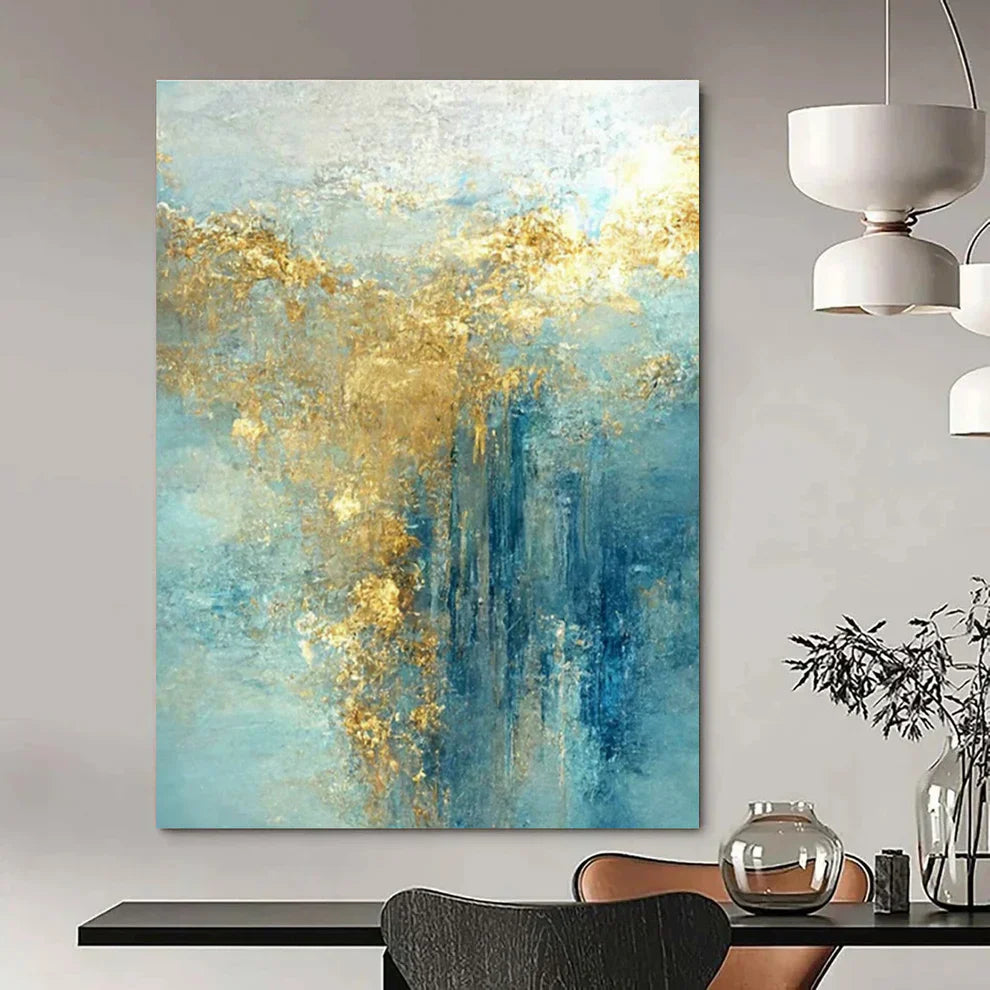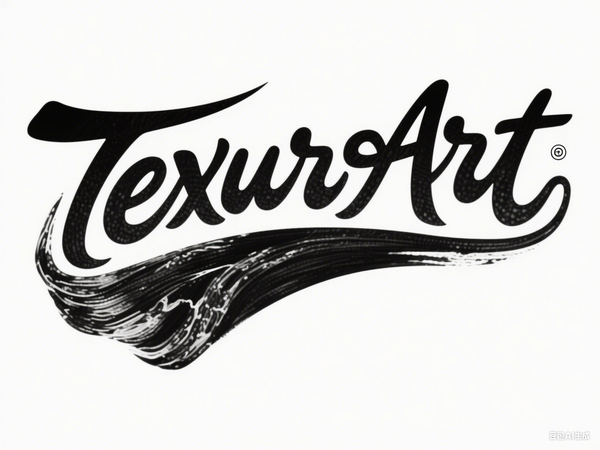
The Timeless Allure of Gold Leaf Art - A Journey Through History and Modernity
Share
Gold leaf art has captivated humanity for centuries, blending the opulence of precious metals with the boundless creativity of artistic expression. This technique, where thin sheets of gold are meticulously applied to surfaces, transforms ordinary canvases into shimmering masterpieces that evoke luxury, spirituality, and innovation. In today's design world, Gold Leaf Art collections offer a stunning array of abstract pieces that incorporate this ancient method into contemporary aesthetics, perfect for elevating home decor or professional spaces. These works often feature textured canvases with gold accents that catch the light, creating dynamic visual effects that change with the viewing angle and time of day.
The origins of gold leaf art trace back to ancient civilizations, where gold symbolized divinity and eternal life. In Byzantine art, for instance, gold leaf was extensively used in mosaics and icons to represent heavenly realms, with shimmering backgrounds that conveyed a sense of otherworldly radiance. Artisans would hammer gold into ultra-thin foils and adhere them to surfaces using adhesives like egg tempera or animal glue, a process that required immense precision and patience. This tradition influenced later European art, spreading through trade routes and cultural exchanges, and laid the foundation for the gilding techniques still employed today.

As art evolved, gold leaf found new expressions in various movements. During the Renaissance and beyond, it adorned religious altarpieces and illuminated manuscripts, but it was in the late 19th and early 20th centuries that it gained prominence in secular works. The Austrian painter Gustav Klimt, a master of the Vienna Secession, revolutionized the use of gold leaf in his "Golden Phase," producing iconic pieces like "The Kiss" where gold flakes intermingle with intricate patterns and human forms. Klimt's approach drew from Byzantine influences while incorporating elements of symbolism and eroticism, demonstrating how gold leaf could add depth, texture, and emotional intensity to paintings. Similarly, the Art Deco movement of the 1920s and 1930s embraced gold for its geometric designs and luxurious motifs, often seen in furniture, architecture, and decorative arts that celebrated modernity and glamour.
In the realm of abstract art, gold leaf serves as a powerful tool for experimentation. Unlike representational painting, abstraction focuses on color, form, and texture, and gold leaf enhances these elements by introducing metallic sheen that interacts with light in unpredictable ways. Artists layer gold over bold strokes of acrylic or oil, creating contrasts that evoke emotions ranging from serenity to exhilaration. This fusion is particularly evident in modern collections, where oversized canvases with gold accents become focal points in minimalist interiors. The technique's versatility allows for customization, enabling creators to adjust the intensity of gold to suit different themes, from ethereal landscapes to geometric patterns.
Today, gold leaf art thrives in contemporary art scenes, where it bridges tradition and innovation. Digital influences and sustainable practices have led to eco-friendly alternatives like imitation gold leaf made from copper alloys, but true gold remains prized for its authenticity and durability. Galleries and online platforms curate selections that cater to diverse tastes, including textured pieces that add dimension to walls or subtle accents that complement neutral palettes. For interior designers, incorporating gold leaf art can transform a space, adding warmth and sophistication without overwhelming the environment. It's not just about aesthetics; the reflective quality of gold can make rooms feel larger and more inviting, playing with natural and artificial light to create a living artwork.
The appeal of gold leaf art extends beyond visual pleasure to its cultural and investment value. Collectors appreciate how these pieces retain their luster over time, resistant to fading when properly cared for. In home settings, a gold leaf abstract painting might serve as a conversation starter, drawing admiration for its craftsmanship. Enthusiasts often describe the sensory experience— the subtle gleam that shifts with movement, evoking a sense of timeless elegance. Whether hung in a living room, bedroom, or office lobby, these artworks embody a harmonious blend of history and forward-thinking design.
Caring for gold leaf art requires gentle handling to preserve its delicate surface. Avoid direct sunlight to prevent discoloration, and dust lightly with a soft cloth. Professional framing with UV-protective glass can further safeguard the piece. As the art world continues to evolve, gold leaf remains a staple, inspiring new generations of artists to push boundaries while honoring age-old techniques.
FAQ
What is gold leaf art? Gold leaf art involves applying thin sheets of real or imitation gold to artistic surfaces, creating a luxurious, shimmering effect often seen in paintings and decorations.
How do I incorporate gold leaf art into my home decor? Start with a neutral wall to let the gold accents stand out. It's ideal for entryways, living rooms, or bedrooms, adding elegance without overpowering the space.
Is gold leaf art durable? Yes, when properly applied and cared for, it can last for decades. Avoid moisture and direct heat to maintain its shine.
Can gold leaf art be customized? Many collections offer custom options for size, color schemes, and gold intensity to match your preferences.
What makes gold leaf art a good investment? Its timeless appeal and craftsmanship often appreciate in value, especially pieces from renowned artists or limited editions.
How do I clean gold leaf art? Use a soft, dry microfiber cloth for dusting. Avoid chemicals or abrasive materials that could scratch the surface.
